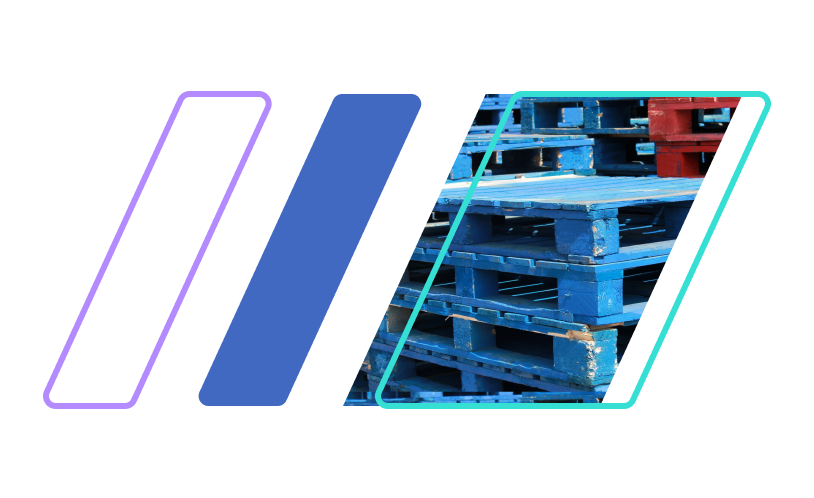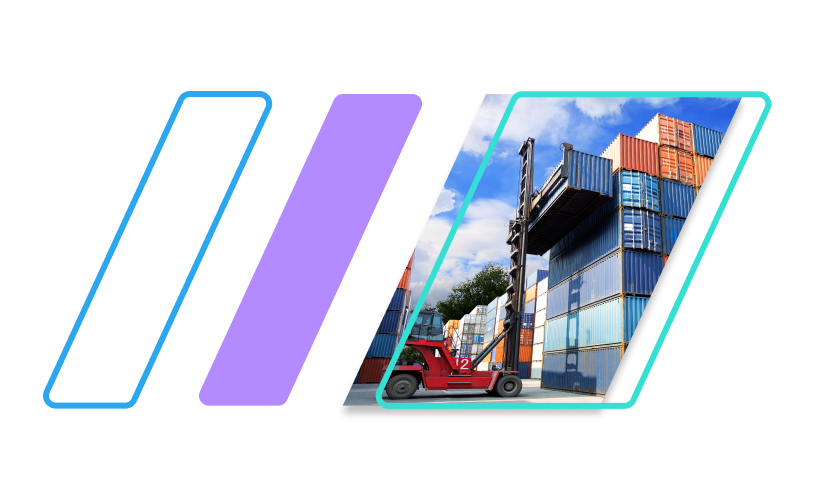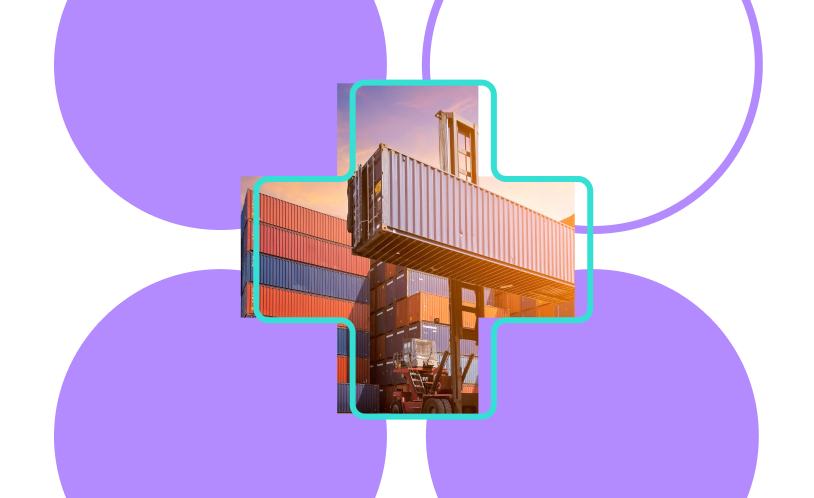Before you progress too much further with your potential import product, you should ensure that it complies with US safety standards and labeling requirements. Incidentally, the same principles also apply to the EU, Australia, Canada, and many other countries.
Several government agencies are involved in product compliance, which will be referred to by their abbreviation with links to their website.
This guide covers the basics and is not an exhaustive list of all applicable regulations. If you have any doubt, you should get legal advice.

Product Inspection Instant Quote
The Risks Involved
Often importers, even those who have been importing for many years, get a surprise when Customs rejects their shipment because of a product compliance breach. Many don’t realize that compliance is not the supplier or forwarder’s responsibility.
Customs only check a fraction of all incoming shipments. But, if they do find issues, they will halt your shipment. If this happens, it’s likely already too late to do anything about it.
You also face a severe risk of your products injuring people or damaging property. Your liability might bankrupt or imprison you.
Another risk is that your product might be included in a CPSC recall. Amazon and other platforms are really stepping up their game by standardizing compliance document submission procedures and removing sellers with non-compliant goods. So, forget “I can get away with it”.
Obviously, there is more risk when importing power banks than tee shirts, but there are regulatory requirements covering both, and many other products too.
Common Regulatory Requirements
Country of Origin Labels
The country of origin label, “Made in China”, is mandatory for most products (watches are a common exception) sold in the United States.
Apparel & Textiles
Apparel and textile products imported and sold in the United States must comply with all mandatory OTEXA textiles labeling requirements:
- Fiber composition,
- Care instructions/symbols (must be ASTM symbols),
- English language.
When you import apparel from overseas, it’s critical that you provide your manufacturer with a digital label file, in .ai or .eps format.
Children’s Products (CPSIA)
Imported children’s product must comply with the Consumer Product Safety Improvement Act (CPSIA). In essence, this means that the importer must:
- Confirm all applicable safety standards (ASTM F963),
- Submit a product sample for lab testing (only to a CPSIA accredited test lab),
- Issue a Children’s Products Certificate (CPC),
- Affix a permanent tracking label on each product and the packaging.
Electronics Products
Electronics products are regulated by the FCC’s standards on wireless communication. Some products must carry an FCC mark.
You should also check compliance with some voluntary electrical standards, such as those developed by UL or ETL.
Chemicals & Heavy Metals
At a federal level, the CPSC regulates some substances, such as formaldehyde in products made for children.
Some state-level regulations, such as California Proposition 65, also covers products not made for children.
Kitchen Appliances
All products that are in contact with food or beverages must comply with all mandatory food contact materials regulations. In particular, materials and articles that come into contact with food must not transfer substances, or otherwise affect smell or taste.
General Safety
Product safety always starts on the drawing board. You must assess if your product, when used in any predictable way, is still safe for the consumer, even where no specific standards apply.
If your product does prove to be unsafe, the CPSC and other government agencies have the right to issue a recall. A recall means that you will have to contact your customers and get them to return the product. You will also have to refund them.
So, what does it actually mean to make a product compliant? For most products, it’s a lot simpler than you might think.
Technical compliance/Chemical regulations.
Assess which of CPSC, ASTM, UL or other standards apply to your products, for instance, internet search for “ASTM standard for baby strollers”, or check out the regulations directly,
Check whether the product design is compliant by purchasing an ASTM standard file (which lists technical requirements).
Try to anticipate how the product could injure the consumer, even with improper use of the product,
Confirm which chemical or heavy metal regulations in CA Prop 65 apply to your product.
Specify with your supplier that your product must comply with certain standards, and have that included in the contract.
Labels. Create a label file in .ai or .eps format that you send to your supplier before production.
Documents. Buy CPC, GCC, test reports, and other templates, online (for example from ASTM). Complete them, print, sign, scan, and then store for at least 10 years.
Lab testing. Submit samples for testing to an accredited compliance testing company, to check that the product is truly compliant. The test report usually takes about a week, and you can use it as proof of compliance.
Contributed by Fredrik Gronkvist, ChinaImportal



